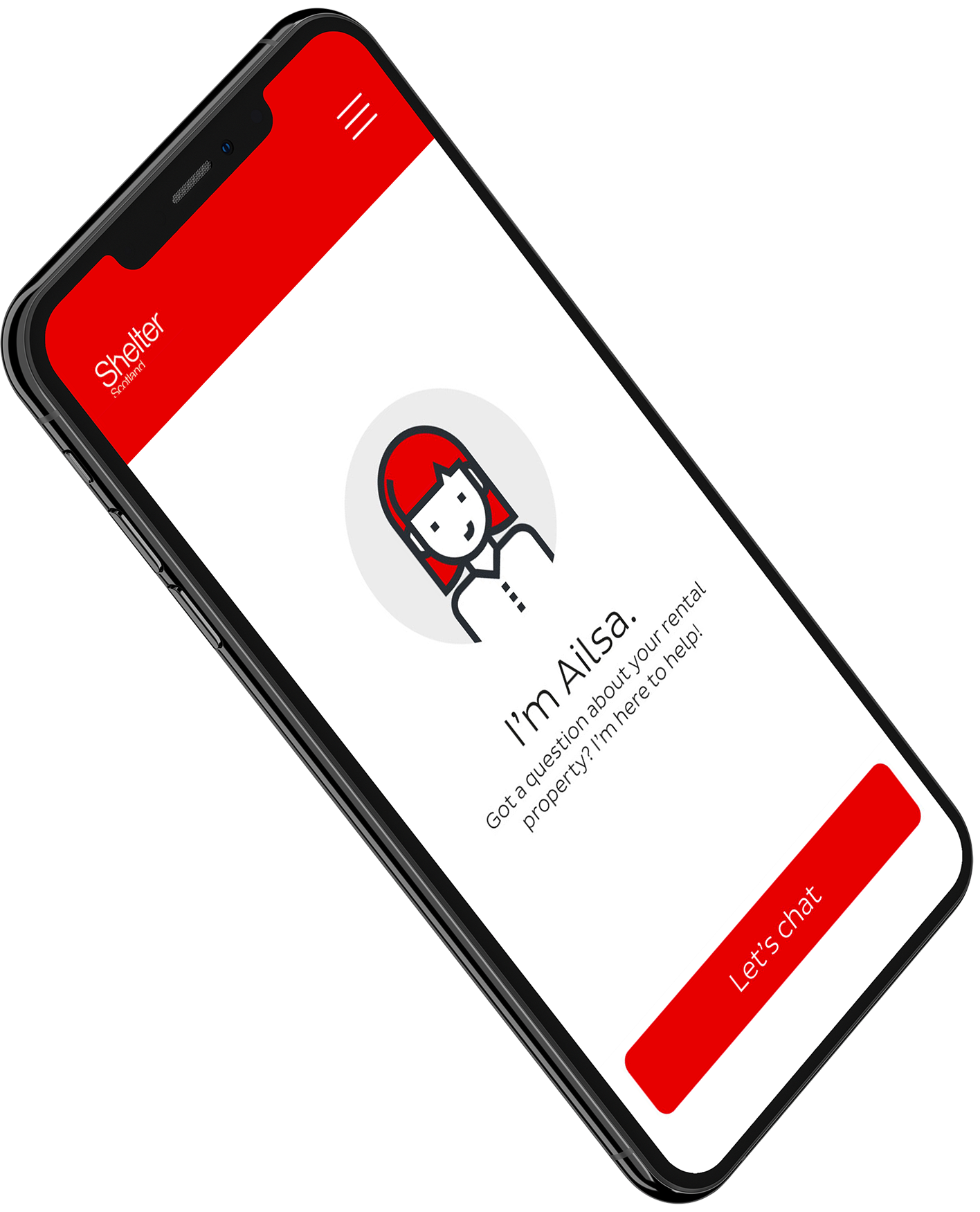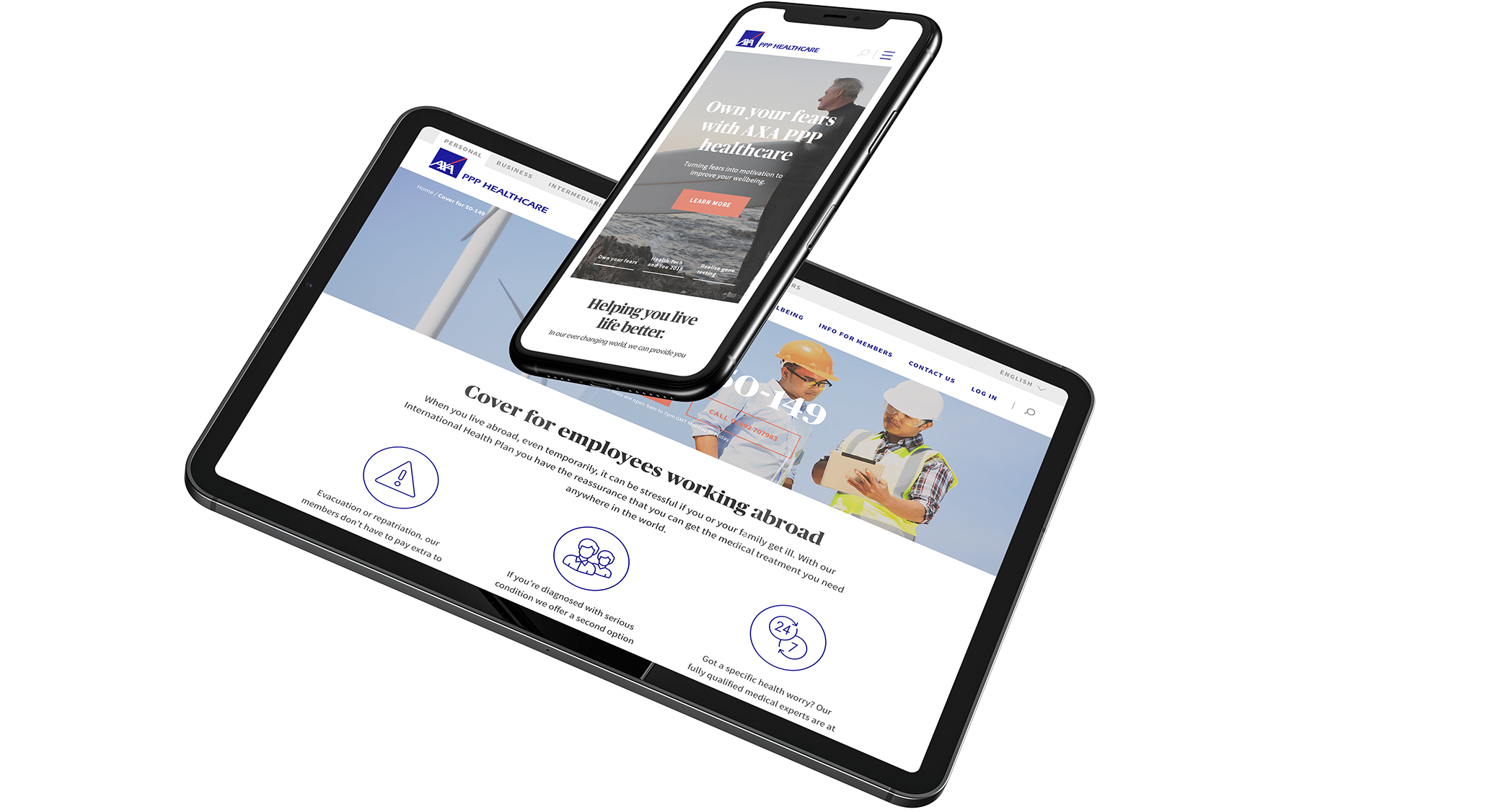Chatbots are becoming increasingly more prevalent in online experiences, even offering companionship to people suffering from dementia. Here at Equator we’ve seen as much ourselves, with our Innovation team having worked on a number of chatbot development projects over the past year. With that experience, there are a few things to be aware of in terms of both the potential and pitfalls chatbots offer.
From travel to beauty to banking
Chatbots can also be useful for lead generation and gathering customer data. In fact, here at Equator we’re driving results for our clients by developing the technology to do just that.

The positives
There are some clear benefits of chatbots for a user. One is the speed of the initial response versus a human. Caravelo’s Jonathan Newman explains that Facebook Messenger chatbots can detect a user’s location and language, allowing the bot to immediately respond in the correct language. As a result, travel chatbots have the potential to bring the same speed and convenience that Uber brought to the taxi industry. In Newman’s words, “You can book and pay for an Uber within 30 seconds. Why can’t that be the same for air travel?”
A chatbot with results
In the insurance world, where users are often faced with a lengthy, cumbersome form just to get a quote, Equator’s intelligent chatbot developed for AXA PPP healthcare simplified the process, asking only the questions that mattered on a fast, mobile-optimised interface. And, crucially for a regulated insurer like AXA, the chatbot asked the questions in the right area, ensuring that statutory statements were given and users remained engaged.
And the results speak for themselves. Our chatbot delivered improved quote uptake on all devices with far lower dropout than the form, collected higher levels of usable contact information and provided a smooth handover to the call-centre that highlighted an integrated approach, committed to customer service at every touchpoint. What’s more, the bot is fully secure, EU data protection-compliant, scalable and Facebook Messenger & Skype-ready. All this developed in under six weeks!
Figures that speak for themselves
From a financial perspective, 2018 is set to be the year that chatbots really start to focus on monetization. Some brands are already capitalizing on this. Asos, for example, increased orders by 300% using Messenger Chatbots and got a 250% return on spend while reaching 3.5x more people. Nitro Café increased sales by 20% with their Messenger chatbot, which was designed for easy ordering, direct payments and instant two-way communication.
Defining the role of chatbots
However, bots are not without their flaws. Some common criticisms include their lack of empathy and human understanding, weakness at problem-solving and inability to deviate from a script. While these things are no doubt frustrating for a user – from personal experience, it is irritating to have a bot give you the same answer several times to very different questions – I would argue that these limitations emphasize that chatbots should be a tool in some cases, but should not and cannot be all things to all consumers.
Several commentators on the topic generally agree that chatbots work best when used for a specific purpose. Lufthansa’s bot – ‘Mildred’ – can’t tell you whether or not you can bring pets on a flight, but it can give you the best prices to travel from London to New York.
Bridging the gap
KLM uses a different agent for each part of the process: the bot manages the beginning of customer service queries by gathering basic information, such as the customer’s booking reference, and then forwards it on to a human agent to manage the more complex steps. In short, as Alex Attinger, CEO and Founder of SOCIAL.LIMITED argues:

The question of measurement
From an insights perspective, a key sticking point when it comes to proving the value of chatbots is the ability to measure and track success. It can be difficult to quantify chatbot success, but we should remember that the technology is still in its infancy, and so even the early adopters are still developing and tweaking their approach. Furthermore, as the examples above illustrate, many brands are already seeing measurable benefits; not least some of Equator’s own clients.
Conclusion
